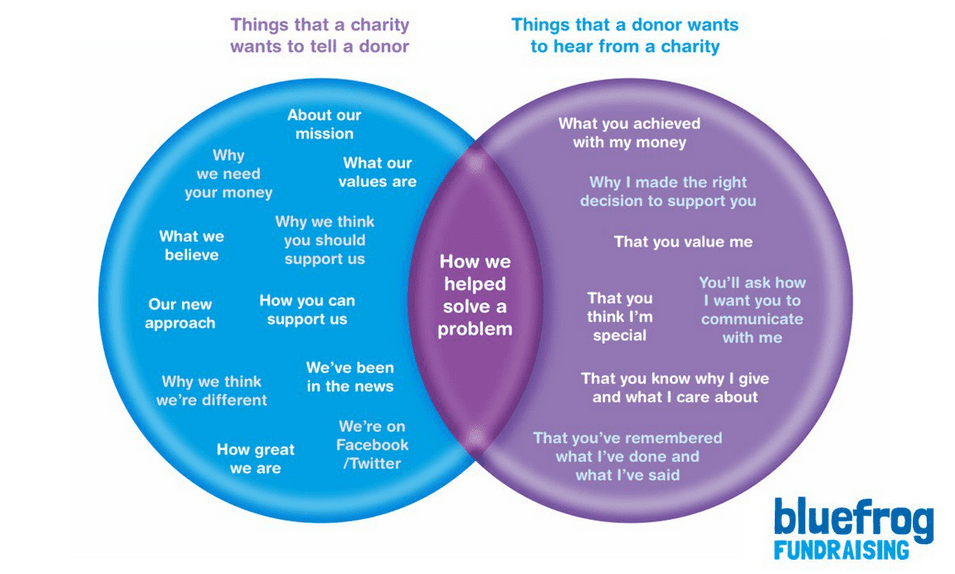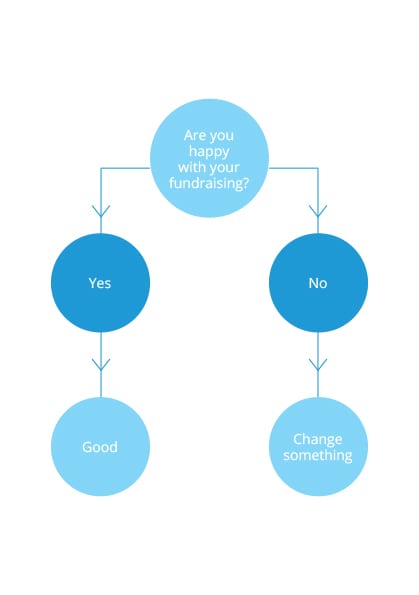The nine ways donors filter your appeals
A few years ago my uncle set up a direct debit to an animal protection charity. He has repeatedly been upgraded and now gives them £60 a month.
He doesn't want to be upgraded any more. He values the work of the charity so has resorted to throwing all their communications unread into the recycling bin.
It seems the charity in question has used standard RFV segmentation and concluded he likes being upgraded. Their guess – no matter how educated it may be – is wrong.
His actions are not unusual. In research we hear donors tell us time after time that they don't feel valued or appreciated by the charities they support.
They, like my uncle, see the relationship as a one way flow of financial resources. As a result they develop their own methods of avoiding giving. In addition to the throwing everything in the bin technique, I've heard donors say they use…
- The hat technique. All appeals are saved up and put aside. Once a month they are drawn out one by one until a pre-set budget is exhausted.
- The first come first served technique. As above but this time it's down to the appeals that hit the doormat first each month.
- The rotation technique. One in n appeals will result in a gift. For example, every third appeal will receive a cheque. The rest go in the rubbish.
- The seasonal technique. As you might expect, this classifies charities according to season. Shleter gets a Christmas gift, WSPA gets a spring one and Care International gets a summer one. No matter how often you ask, you won't get any more.
- The boredom technique. Only the most entertaining appeals receive a gift.
- The topical technique. If it's in the news, a donation will be given, otherwise it's a no.
- The blame technique. If there is something a donor doesn't like such as the use of non-recyclable glassine windows in envelopes or the inclusion of a pen or stickers, the appeal gets rejected.
- The thanks technique. If a thank you has been received to their most recent gift, another donation will be considered.
These methods of managing giving (and others like them) are surprisingly common. What is most striking about their use is that a charity can't really control whether the technique will be implemented against them or not.
The only route to tackle and avoid them is to actively engage your donors. Write to them about what they want to hear – not what the latest manifestation of your brand guidelines demands – and give them choice in how they support you.
At Bluefrog, we recommend that charities offer committed givers the chance to opt out of receiving cash appeals. In their place we offer real feedback – letters, emails and videos from people who are being helped or actually doing the work that donors care about. The result is that donors significantly increase their direct debits and end up giving far more than we'd ever receive from the occasional cheque in response to cash appeals. And feedback shows that they feel closer to the charity too.
If you are still on the look out for a resolution for 2010, I'd recommend dropping the guesswork and asking your donors if they are happy with the way you communicate with them, offering them creative and attractive alternatives to the standard appeal cycle. It always pays dividends.
Happy New Year!
Tags In
Related Posts
1 Comment
Comments are closed.
The Essentials

Crack the Code to Regular Giving: Insights, Strategies, and a Special Giveaway!

‘Tis Halloween. Keep to the light and beware the Four Fundraisers of the Apocalypse!

Why do people give? The Donor Participation Project with Louis Diez.

A guide to fundraising on the back of a postcard

What does the latest research tell us about the state of fundraising?









From memory, I think Beth Breeze (@UKCPhilanthropy) found a tenth: the significant personal dates technique. Appeals that landed on family birthdays, anniversaries etc get the gift.
Try getting your mailing to land on your donors’ wife’s birthday!